Something I see my clients struggle with is consistency, especially with their marketing. How do you create engaging content consistently?
If you’re an ‘older Millennial’ like me, before Gen Z but after Gen X, you probably didn’t grow up with the digital world in your pocket. Like my clients, you’re busy delivering your work and finding the balance between being proficient and social media savvy. You know you need to show up more, use video, talk to camera – but you also need to show that you’re professional so dancing to a song for likes isn’t really your jam!
If you’re nodding along, this blog is for you! We’ll explore practical insights into content strategy, tailored for those recognising the power of modern marketing without losing their unique voice.
Why a content strategy is important
Most people are tackling content creation the wrong way – in my humble opinion. Trying to write social captions, then turning them into emails takes forever, before even trying to figure out what to write in a blog about!
That’s why having a content strategy is crucial. A content strategy is like a roadmap that connects your marketing efforts with what your audience wants. It’s about being purposeful and efficient, not random and time-consuming.
When you’re strategic with your content ideas, you’re aligned with your mission and vision. You’re not just throwing words around; you’re building connections that truly resonate with your target audience.
My main focus is email marketing because it’s so underutilised for a huge number of businesses. It harmoniously blends my love of tech and words together. But I’m aware my clients don’t have the time (or inclination!) to spend hours crafting great emails, social content AND then write blogs.
I’ve created a system that works for my clients so they can prioritise email marketing and really reap the rewards it has to offer. But this system isn’t just about emails; it’s about having a cohesive content strategy that ties everything together. And one vital component of that strategy is consistency.
Here’s why consistency is important in content creation:

Builds Trust and Loyalty
Regular updates show your audience you’re reliable.

Enhances Brand Identity
Consistent style and voice reinforce what your brand stands for.
Improves SEO Rankings
Search engines favour regularly updated content.

Fosters Engagement
A steady flow of relevant content keeps readers engaged.
If you’ve found yourself overwhelmed with trying to keep up with all the different channels and types of content, it might be time to take a step back and think more strategically. A well-thought-out content strategy could be the key to saving time and also making your marketing efforts more effective and aligned with who you are and what your brand represents.
Content Strategy Example - The Process
It’s not rocket science, I know. But many of my clients have their “aha” moment when we start creating their content with my unique system. Let’s break down the process into manageable steps with this content strategy example:
Review Offer Suite: First and foremost, we need to ensure you have clear offers that people can buy from you. This step is essential because it allows you to scale your marketing efforts and bring people into your sales funnels. You want a clear path to guide your audience down, and that starts with understanding what you’re offering.
Content Strategy: Next, we’re working out what you need to sell when and what content ideas you need to come up with to help educate your audience about specific offers. This part is essential so that you are taking your audience on a journey – ultimately a journey to buy from you. Interested in the nitty-gritty? Here’s a deeper dive into strategic marketing.
Content Calendar: Here, we map out your content to ensure you’re sharing a mix of content pillars (more on content pillars here). This gives you the time to work backward from events and launches to ensure you have the time to actually promote and educate about a specific offer.
Longform Content: Focusing your efforts on longform content means that you’re creating content that is evergreen. It sits on your website and consistently attracts people to your website. Make sure to research the kind of content you need to create and use keywords to maximise your efforts. Your SEO strategy will draw people in, and you can use these keywords in your social media content – it saves time, with no doubling up.
Emails: This is one of my favourite parts! Because you have a strategy and a content calendar, you can take details from your blogs and repurpose them into emails. Grab a key point, a list or a quote from a blog and turn it into an email with a compelling call to action. It’s like magic!
Social Posts: Remember that epic blog post you spent time writing? You can strip that down into bite-size chunks to create social media content like shorter articles, images, infographics, carousels and videos.
Evaluation and Adjustment: Once everything is up and running, we’ll continually assess and tweak your content strategy. We’ll measure its effectiveness, see what resonates with your audience, and make necessary adjustments to keep everything aligned with your goals.

Main Benefits of a Content Strategy
I’m sure you’ve heard that content is king. But I believe that content strategy is the real power behind the throne. Having a robust content strategy isn’t just nice-to-have; it’s an essential part of growing a business.
Following my content strategy example, let me tell you why content strategy is vital:
Higher Engagement & SEO: From website traffic to emails and social channels, a well-executed strategy ensures every touchpoint resonates and engages. Strategic content not only attracts more visitors but keeps them engaged, turning browsers into buyers.
Evergreen Content: Because of its originality, evergreen content continually attracts visitors with a strong SEO strategy, providing fresh value year-round.
Strategic Approach: Aligning your offers with clear marketing paths and content needs helps take your audience on a journey – a journey to buy from you. Like a seasoned tour guide, your content leads prospects through different stages, right to your offer.
Increase ROI on Marketing Efforts: The more targeted and strategic you are, the more likely your ideal customer will engage and buy. By maximising the value of every piece of content, you see a more substantial return on your investment. It’s not just marketing; it’s smart marketing.
Creates a Bank of Content: You’ll have a treasure trove of unused content that can be picked up, dusted down, and reinvented. Think of them as gems waiting for their time to shine.
The Process Can be Outsourced: Whether you’re running a global company or a small agency, the content creation process can be outsourced to professionals who resonate with your voice and vision.
Alignment with Brand Voice and Messaging: Consistency across all platforms ensures a cohesive and memorable brand experience.
Streamlined Workflow and Reduced Stress: With a well-planned strategy, you save both time and energy, focusing on what you do best.
A content strategy isn’t just another item on your marketing to-do list; it’s a critical component that takes your marketing from chaotic to coordinated, from random to resonant.

How to Find Content Ideas
Oh, the eternal question: “What should I write in my emails?” I’ve been there, staring at the blank page and waiting for inspiration to strike. Inspiration often needs a little nudge. Here are a few ways to come up with content ideas:
Utilising Customer Feedback and Questions (Your FAQs): Your audience has a lot to say, and they’re usually asking for it in the form of questions and feedback. Dig into those comments and emails.
Market Research and Competitor Analysis: This isn’t about copying others; it’s about identifying gaps and opportunities in the market. Think of it as detective work, unearthing clues that lead to golden content ideas.
Social Media Trends and Industry Insights: What’s hot right now? Being aware of current trends and industry chatter can lead to content that’s not only relevant but sizzling with timeliness.
Core Topics in Your Business: You know your business inside out. So why not dig into those core topics that resonate with your offers and qualifications? Create content from the heart of what you do.
Internet sites like Answer the Public: Have you ever wondered what people are asking on the internet? Sites like Answer the Public provide insights into what’s being asked, giving you a direct line to your audience’s curiosity.
AI: Of all the business tools available in the market, AI tools are coming in hot right now and can truly be a valuable asset in your content creation. AI can be helpful, but remember, it doesn’t know your unique voice and insights. Use it, but don’t lose your personal touch.
Finding content ideas doesn’t have to be a struggle. It’s about listening, exploring and connecting the dots. It’s about stepping into your audience’s shoes and asking, “What would I want to know?” Then, answering those questions with content that enlightens, entertains and engages.
Use a Content Calendar to Reduce the Overwhelm
Do you feel like you’re playing a never-ending game of catch-up with your content creation? You’re not alone. You can follow my earlier content strategy example above – but here is where a content calendar comes in handy.
A content calendar is like having a personal assistant for your content strategy. It’s an organisational tool that helps you schedule content creation and publication.
So, how do you create and manage a content calendar? It’s simpler than you might think. Here’s the steps to help you out:
- Identify your marketing channels
- Gather your content ideas
- Choose a platform like Google Calendar or Trello for organisation. Download my free Trello template content calendar board here.
- Set up a schedule for posting
- Add details to your content like keywords
- Make sure your content calendar aligns with your other marketing efforts
- Create a content bank
- Regularly review and adjust
- Monitor your performance

Repurposing Content to Maximise Your Marketing Efforts
Repurposing content is all about adapting existing content into different formats or channels. Imagine taking a well-loved blog post and turning it into a podcast or transforming it into a vibrant infographic.
Repurposing content saves time and maximises your marketing efforts so that the same core message is shared across multiple platforms. The result? You take your audience on the same engaging journey, regardless of where they come across your content.
The beauty of repurposing content is that it can breathe new life into existing content, extending its reach and getting more bang for your buck. But what’s even more exciting is how it fits into a content strategy, enhancing efficiency and reach without breaking a sweat.
You see, repurposing content isn’t just a tactic; it’s a feast of creativity and efficiency. By knowing how to repurpose content, you won’t run out of content ideas and it will maximise the efficiency of your content strategy.
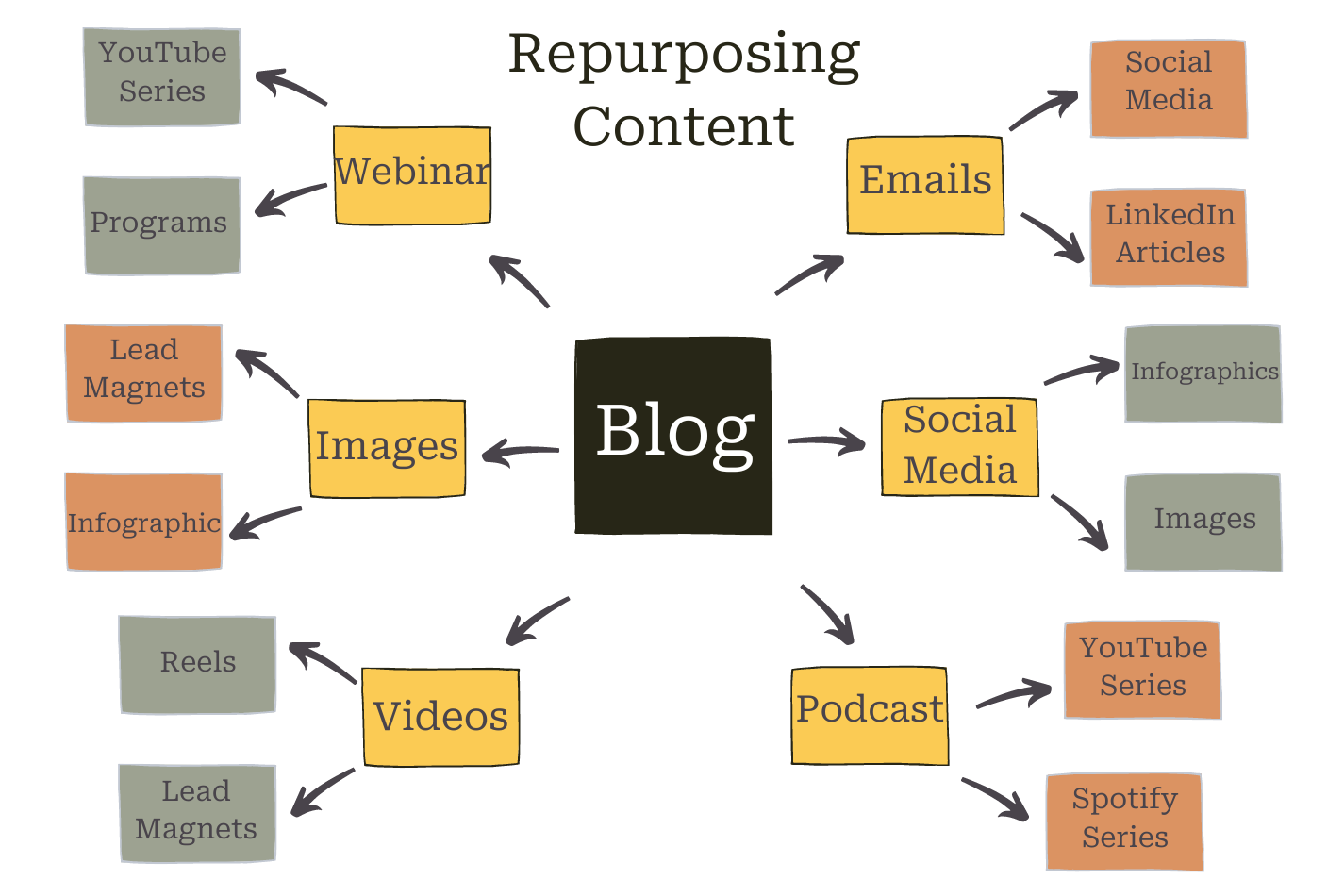
Conclusion
Content strategy isn’t just a buzzword; it’s the backbone of consistent content creation and a marketing effort that genuinely connects and converts.
TL/DR key takeaways:
- Embrace a content strategy
- Utilise a content calendar (like this one)
- Find and refine content ideas
- Maximise through repurposing content
- Engage and increase revenue
If any of these aspects feel like a daunting challenge, fear not! I’ve got a specially crafted program designed to guide you through the labyrinth of effective marketing.
Join my group program that launches mid-September. You will learn how to turn your content struggles into content triumphs – we’ll cover the aspects of marketing that matter most for your business and how to create an effective and strategic plan for it.
Remember, a strategic marketing approach ensures that you’re not just throwing content into the void but creating meaningful connections.
By connecting the dots between your content and your customers, you’re building a pathway that leads to engagement, trust and ultimately, sales.
4 Simple Steps to Start Email Marketing
Looking to start email marketing but no idea where to start?
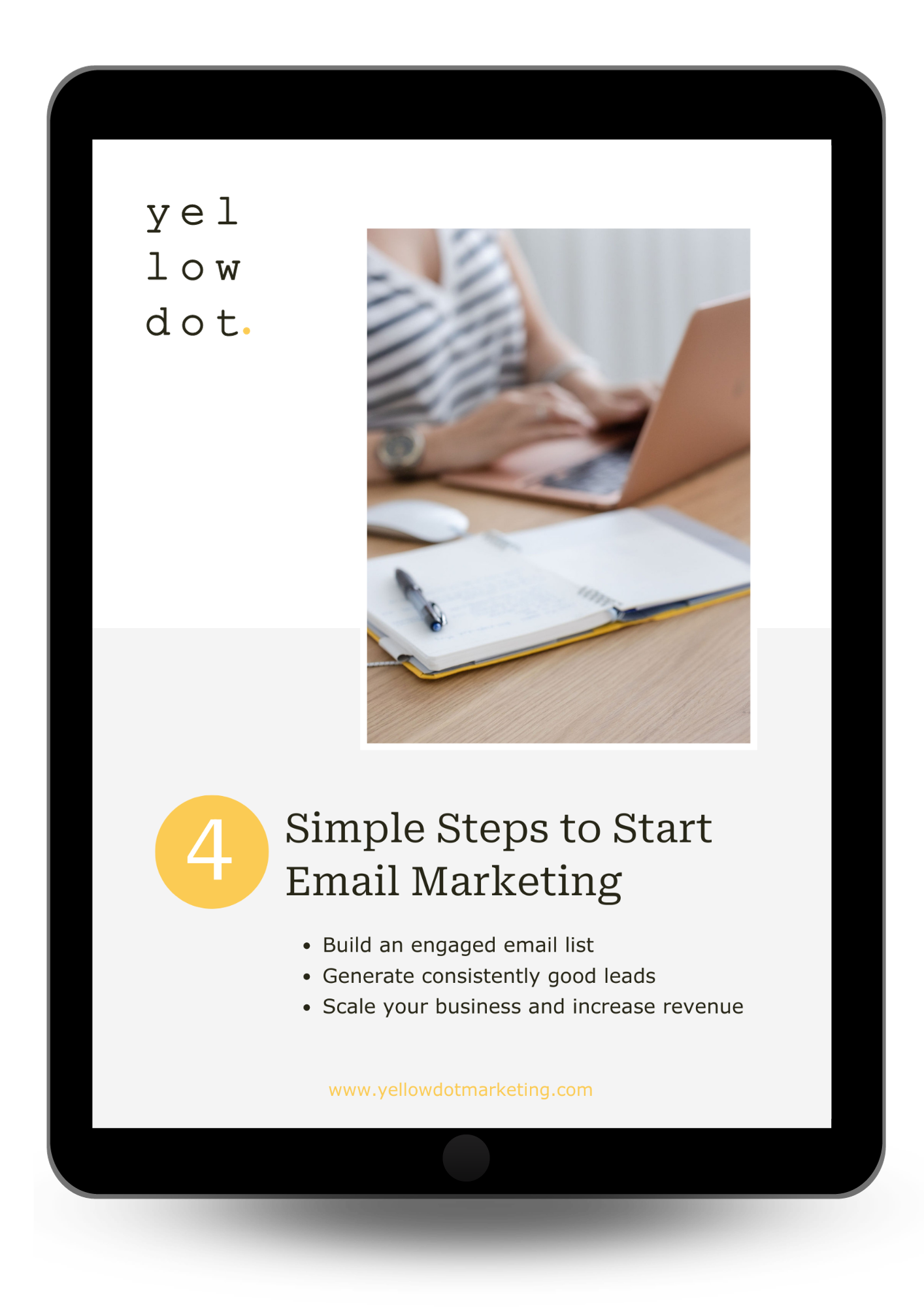
Learn how to:
- Generate leads consistently
- Build an engaged mailing list
- Generate more revenue
But how do you get people onto your list?
Follow this 4 step guide to get started.
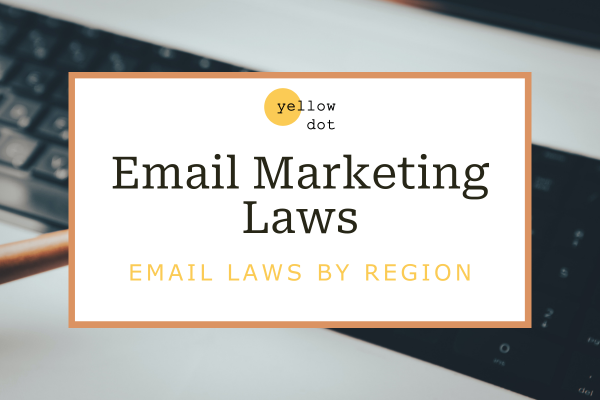
Email Marketing Laws
Understand email marketing laws, avoid penalties, protect your reputation and build customer trust. Read more…
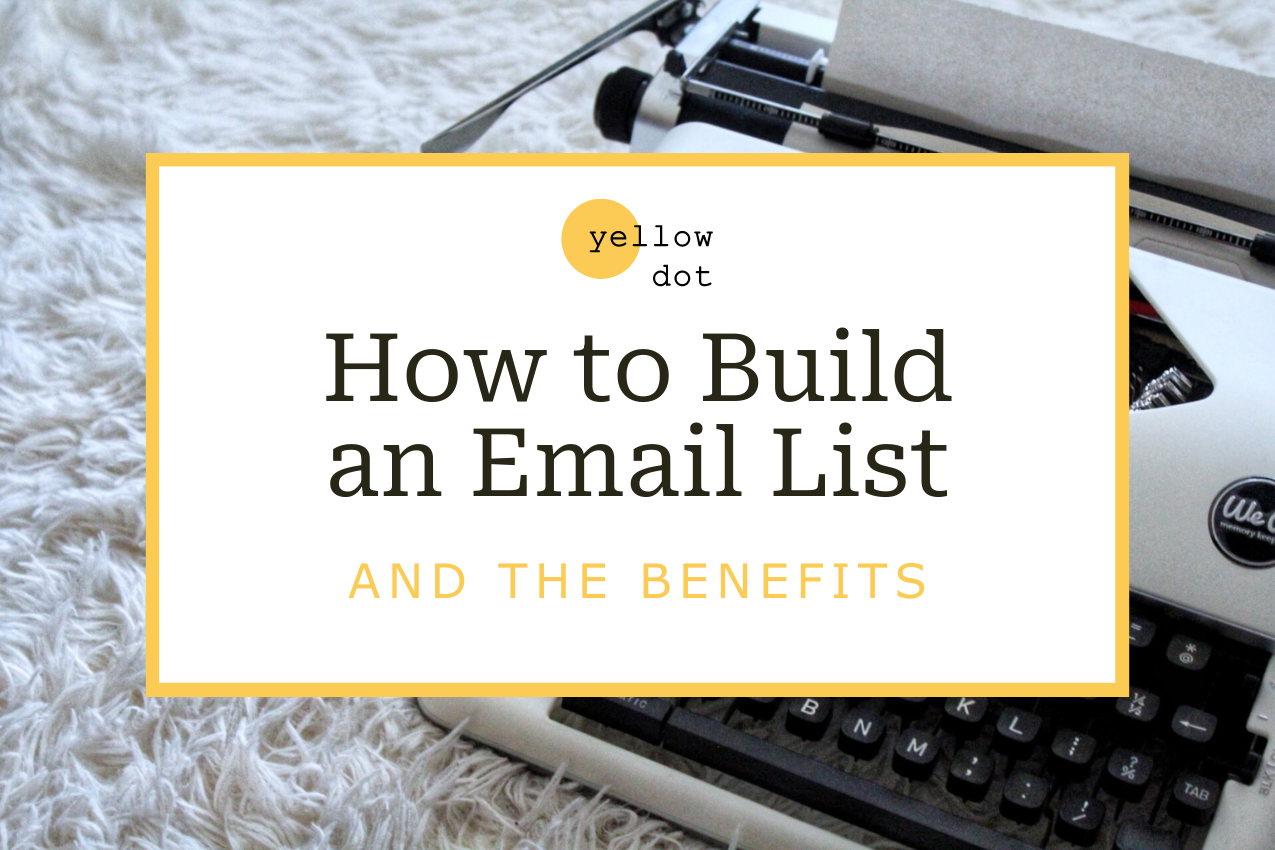
How to Build an Email List
Do you want to generate more leads for your business? Build an email list! Read more…
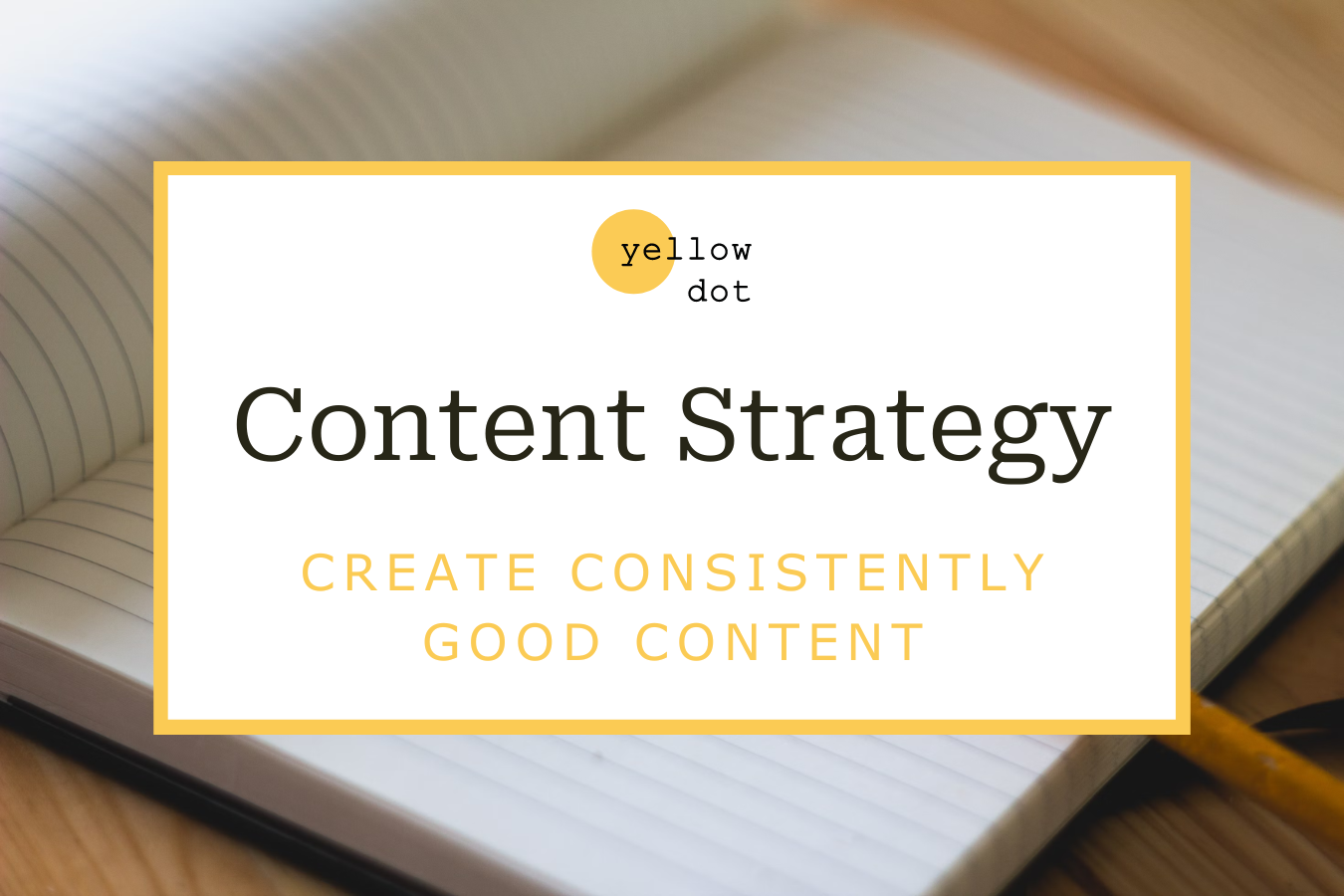
Best Email Subject Lines
Discover best email subject lines to engage subscribers, including examples. Read more…
